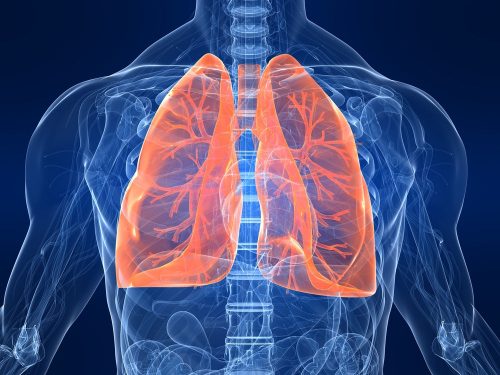Lungs are one of the most important organs in our bodies, responsible for an essential daily function–breathing. Those with lung disease or damage are often left in a precarious state. Many with severe lung disease rely on respirators or transplants, which are hard to come by and may result in rejection. Biomedical engineers have lagged on developing lung tissue that could be used for transplants to remediate such detrimental conditions due to the complexities of the organ. However, Professor Laura Niklason and her lab recently published a method that potentially provides a more effective method for treating respiratory diseases.
Professor Niklason’s previous research described a protocol in which a small amount of lung cells was added back into decellularized lung scaffolds. Once cultured, these once decellularized scaffolds resulted in functional lungs that were transplanted into rats. These lungs worked for a maximum of five hours, successfully carrying out the exchange of oxygen for carbon dioxide. Niklason’s most recent paper focused on improving this protocol by finding small molecules that could favorably impact the functionality of the lung cells seeded in the decellularized lung scaffolds. One molecule, an Epac agonist, was found to extend the functionality of the transplanted lungs by improving the endothelial cell layer in the vasculature, decreasing the amount of fluid that could leak from the vasculature into the airways.
This discovery in combination with current stem cell technology, is an advancement for the medical community because it signals the potential for more accessible respiratory and vascular treatment. Professor Niklason and her lab are excited to continue improving their protocols and eventually move on from rat models to clinical trials in the future.
“For now, we’re focusing on small models, but not simple models, of the lungs. By regenerating rodent lungs in the lab, which are remarkably similar to those in humans, we want to gain a better understanding of what growth factors and culture conditions it takes to produce fully functional lungs. We aim to eventually create a truly functional lung.”

